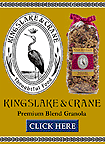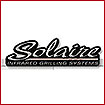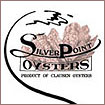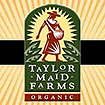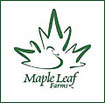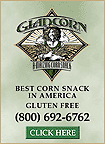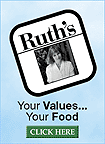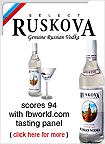Record-Setting 2007 Champagne Harvest Commences
Grape
picking has begun in second earliest harvest on record
Washington,
DC - The 2007 Champagne harvest officially began today
with the picking of the first grapes. Following a process carefully
developed and perfected over hundreds of years, the harvest will
move across the 323 villages of the region over the next two weeks.
"We are pleased to announce the beginning of the 2007 harvest
to Champagne enthusiasts across the United States, the second
largest Champagne export market behind the United Kingdom. Champagne
shipments to our country have been increasing steadily for the
last five years and we expect this trend to continue in 2007,"
said Office of Champagne, USA Director Sharon J. Castillo.
More than 100,000 workers and volunteers certified by the Comité
Interprofessionnel du Vin de Champagne (CIVC) from across Europe
will pick all the grapes by hand. Machine harvesting is strictly
forbidden in Champagne, according to the quality regulations of
the Champagne appellation.
The Champagne region's distinctive chalky soil, cool climate,
and strict regulations come together to create a unique sparkling
wine impossible to duplicate anywhere else in the world. Only
wines produced in the Champagne region of France can bear the
Champagne name.
Weather Conditions and Impact of Global Warming This year's harvest
has been heavily influenced by unique weather conditions during
the winter and spring months. The summer also set a record in
Champagne, as the cloudiest summer ever-recorded in the region.
Weather conditions during the following weeks will be the final
arbiter of the quality of this year's harvest.
Over the past 10 years, the Champagne region has experienced a
pattern of harvest seasons beginning earlier than the typical
mid-September date. The earliest harvest since record keeping
began occurred in 2003, when the first grapes were picked on August
18th. While global warming may be a factor for the rise in temperatures,
the Champenois have noticed no negative consequences on the quality
of their wines. In fact, to the contrary, the past decade has
produced a number of vintage years, and 2007 is poised to be yet
another exceptional year.
Increase in Yield of Grapes Harvested
The 2007 harvest is also unique because of an increase in the
base yield that has been approved by France's appellation governing
body, the Institut National des Appellations d'Origine (INAO).
Each year, the organization establishes a base yield, which may
not be exceeded by producers. Depending on the size and quality
of the vintage, the INAO has the power to increase or decrease
the base yield. During very good years, a quality reserve is set
aside for future production. The 2007 harvest has been set at
a minimum of 12,400 kg/hectare, with a maximum-allowed yield of
15,500 kg/hectare. The years 2002, 2004 and 2005 were all years
during which grapes were also set-aside in reserve.
About the Office of Champagne, USA
Office of Champagne, USA is the official U.S. representative of
the Comité Interprofessionnel du Vin de Champagne (CIVC),
a trade association which represents the grape growers and houses
of Champagne, France. The Office works to educate U.S. consumers
about the uniqueness of the wines of Champagne and expand their
understanding of the need to protect the Champagne name. For more
information, visit us online at http://www.champagne.us/.
|




